What is the Full Form of CTICTI: Computer Telephony IntegrationCTI stands for Computer Telephony Integration. Any technology that enables computers to communicate with telephones falls under the notion of computer telephony integration (CTI). This technology is frequently used to describe desktop interactions that increase the efficiency of human agents and is largely utilized in call centres. 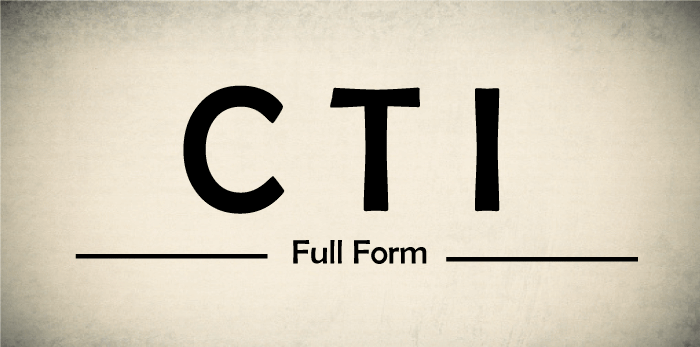
What it means is these options do away with the requirement for a landline and provide many more functions than conventional phone systems. Instead, you can use programmable call settings to obtain crucial client data and control call flow directly from your computer. It only handles phone calls. Its centralized communication centre allows you to combine many contact methods into a single interface, including SMS texting, faxing, live chat, and more. Even your computer can access info. You may access your CRM system and track important statistics and KPIs using the dashboard. In summary, the capabilities of computer telephony integration enhance contact centres and the general client experience. Any technology that enables coordinated interactions between computer and telephone interactions is called computer telephony integration, sometimes called CTI or computer-telephone integration. Although it can also relate to server-based features like automatic call routing, the phrase is most frequently used to describe desktop-based interaction that helps users be more productive. Regular OperationsIn Terms of ApplicationCTI programs often run on a user's computer or an unattended server. CTI Programs Offer Typical Desktop FeaturesScreen Popping: Caller identification (ANI), number dialled (DNIS), and screen pop on answer are all examples of call information display. Typically, this is done to look up the caller's information in a business application. Dialling: Computer-controlled and automatic dialling (power dial, predictive dial and preview dial). Phone Control: Call control (answer, hang up, hold, conference, etc.) and feature control are included in phone control (DND, call forwarding, etc). Transfers: Coordinated phone and data transfers between two parties are known as transfers (i.e., pass on the Screen pop with the call.). Call Centre: Users can log in as contact centre agents and manage their agent states (Ready, Busy, not ready, Break, etc.) CTI Apps Perform Common Server FunctionsCall routing: The automatic routing of calls to a new location is based on parameters that typically involve checking the caller's ANI or dialled number in a database (DNIS). 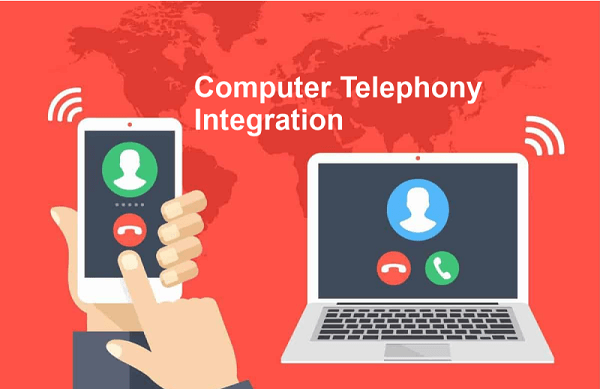
Advanced call reporting features: Using the comprehensive data from CTI to deliver call reporting that is better than average. Integration of voice recording: Using CTI data enriches the information kept on recorded calls. Computer-phone connections can be divided into two groups based on the type of connection: Control of First-Party CallsMimics a direct link between the user's PC and phone set. Examples include a phone directly hooked to the computer or a modem. This connection is best for desktop apps because, typically, only the computer associated with the phone can control it by sending commands directly to the phone. Generally speaking, the computer user has complete control over all phone features. Control of Third-Party CallsA specialized telephony server facilitates and controls communications between computers and telephones. A local network connection is typically between the user's PC and the telephony server. As a result, the server controls what data and features are offered to a user. 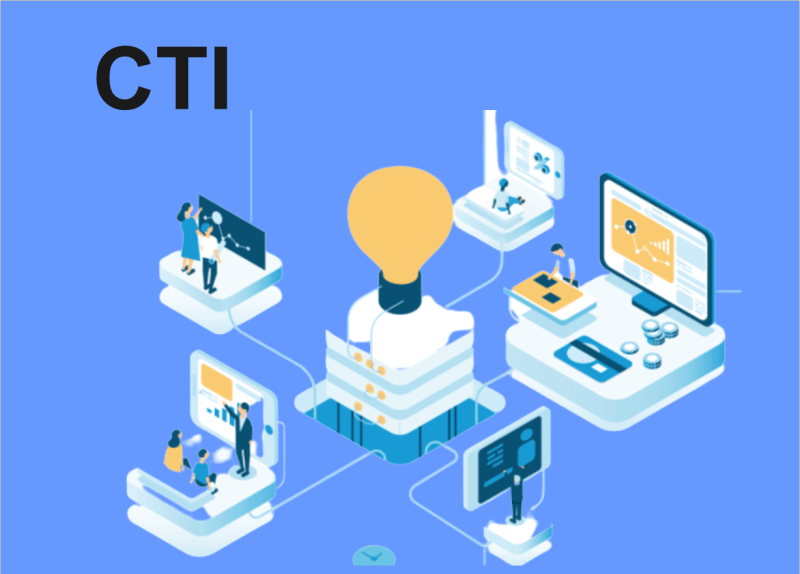
The Origins and Key CTI TechnologiesSimple screen population (or "screen pop") technology is where CTI first emerged. This enables databases with client information to be accessed using data acquired from telephone systems as input data, instantly populating the customer service representative's screen with that information. The result is that before conversing with the customer, the agent already has the necessary screen on their terminal. Markets like those in North America and West European nations saw the beginning of this technology's widespread acceptance. Several standards, which were previously completely closed and proprietary to each, significantly impacted the "normalization" of the industry ACD/PBX vendor. The CSTA standard, which the standards group ITU has ratified, is the interface suppliers frequently use at the software level. JTAPI, TSAPI, and TAPI are further CTI standards that are well known in the sector: The Java Telephony API, or JTAPI, is sponsored by Sun. The TSAPI, or Telephony Service API, was first promoted by AT&T (later Lucent, then Avaya), and Novell. Microsoft also pushed their project, and TAPI was born with support from primarily windows applications. Each of these standards needed the PBX vendor to create a unique driver at first, support for this needed to be improved. 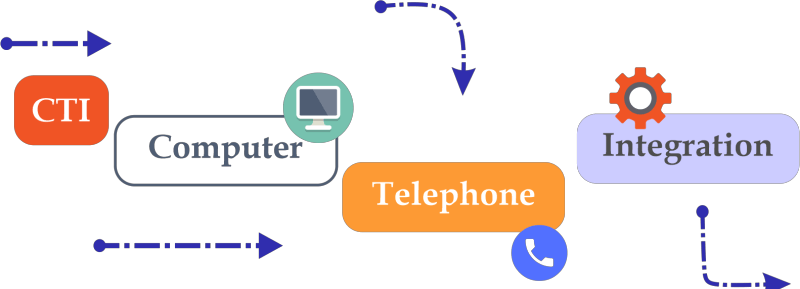
To standardize all major PBX systems, IBM acquired ROLM Inc., a US pioneer in ACDs, one of the key players in this space. Lucent also played a significant role in vendors using its Call Path middleware as an interface. This approach was unsuccessful when it sold this company to Siemens AG and subsequently divested the sector. ZTEL of Wilmington, Massachusetts, was a pioneering start-up that merged the technologies of speech digitization, token ring networking, and time-division multiplexing. The computer-based voice and data network developed by ZTEL combines database-driven directory and test definitions, user-programmable voice call processing capabilities, protocol conversion for automated "data call processing," and bespoke LSI chipset technology. ZTEL stopped doing business in 1986. Tiger Software and Digital Equipment Corporation were two additional significant players (now Mondago). Digital Equipment Corporation created the vendor abstraction middleware in CT Connect. After that, Dialogic bought CT Connect, which Intel later bought. The most recent transaction using this CTI software, CT Connect, was with Envox Worldwide in 2005. Tiger Software created the Smart Server suite to enable CRM application manufacturers to add CTI capability to their existing applications easily. Tiger Software later produced the Go Connect server application under the name Mondago, intending to assist other CTI suppliers in integrating with a larger range of telephone systems. By 2008, most PBX suppliers had sided with one or both of the TAPI, CSTA, or TSAPI standards. Telrad and Avaya were TSAPI supporters. The majority preferred TAPI. Siemens (now Unify), Aastra, DeTeWe, Toshiba, and Panasonic were the CSTA's proponents. Several providers, including most hosted platforms, Mitel, Broadsoft, and Digium, advocated proprietary standards. As a result, CT Connect and Connect offered a crucial translation middle layer, enabling the PBX to communicate in its preferred protocol while an application can do the same. Over the years, many of the original CTI vendors and developers have changed ownership. As an illustration, consider Nabnasset, a company based in Acton, Massachusetts, which created a CORBA-based CTI solution for a client before turning it into a generic product. It merged with the customer relationship management business Quintus, which Avaya telecommunications acquired after it filed for bankruptcy. Smaller organizations have also endured and benefited from their history since the beginning. However, many of the start-ups from the 1980s were motivated by the "Bell Breakup" and the upcoming competitive telecommunications market, but they failed to last the decade. 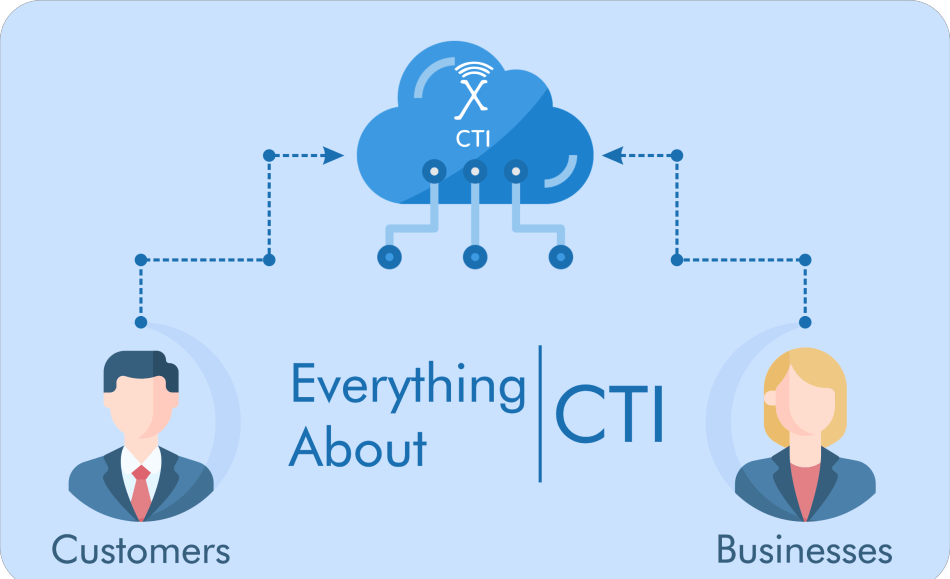
Since 1993, there has been a paradigm shift in hardware. Thanks to new standards from the IETF. As a result, several new companies, including Dialogic, Brook trout, Natural Microsystems, and Aculab, have emerged to provide telephony interfacing boards for various networks and components. Up to 2011, CTI technologies like TAPI and CSTA were implemented by telephone system manufacturers. But after that, a flurry of independently produced phones started to gain popularity. Customers could purchase their phone system and their handsets from different vendors. Customers may purchase their telephone systems from one vendor and their phones from another because these handsets would link to the telephone systems utilizing standards such as SIP. However, because the protocols (such as SIP) were inappropriate for third-party control, this circumstance led to low-quality CTI. As a result, handset manufacturers began to support CTI directly. At first, this would be done using exclusive HTTP methods, but eventually, Augusta (also known as TR/87) gained popularity, and by 2016, most SIP handsets supported uaCSTA control. These companies include Yealink, Akuvox, Panasonic, Aastra, and Snom (the first to pioneer it). A Computer Telephony Integration Has Many AdvantagesEnhanced Command Over Call FlowA high level of control over call operations and call routing choices is provided by computer telephony integration. Skills-based routing options, round-robin, most idle, or list-based enhance call management and guarantee that work is distributed equally among agents, minimizing burnout and accelerating the resolution process. Greater staff flexibility is made possible by using ACD (Automatic Call Distribution), call queuing, and call forwarding features, which also increase the likelihood that a caller will speak with a live agent rather than being required to leave a voicemail or schedule a call back. Improved Customer wait times are reduced as a result of the call flow. The ability to tailor the call path ensures that clients are connected with the agent best suited to meet their particular requirements. For instance, a customer can select the department they want to speak with by selecting from pre-configured options while going through a pre-recorded call menu. This makes it far simpler to link a client with a billing-related query to the billing department than to anybody else, such as an HR representative with little to no experience setting up automated payments. Higher ProductivityCTI provides a wide range of capabilities that significantly boost team productivity. One of the largest time savings is caller authentication. It contrasts incoming and outgoing phone numbers with the client data kept in a company's database or CRM software. This type of call screening ensures that the agent answering the call is ready before they answer the phone and keeps you in compliance with industry security standards and regulations. The tedious and time-consuming process of gathering, locating, or checking client information on each call is eliminated via caller authentication. Additionally, agents are spared from having to double-check client information, thanks to computer screen pops that automatically pull up a caller's customer information. They also display a customer's previous orders, history of customer service interactions, agent notes, and other pertinent information. The best part is Regardless of the communication channels utilized, these pops provide agents with a comprehensive view of all prior client encounters inside a single interface. Overall, response times are shortened. As a result, improving customer satisfaction and internal team efficiency. Integration of computer telephony, however, has advantages beyond only the inbound call process. By accelerating the outbound call process with tools like automated dialling, your agents can move quickly through lead lists without getting bogged down by missed calls or disconnected numbers. Improved Client SatisfactionComputer telephony integration offers capabilities and insight that significantly enhance the general customer experience. IVR capabilities improve customer self-service, enabling customers to solve problems or get the updates they require quickly. This enables agents to focus on more urgent or crucial tasks requiring their attention and encounters with actual representatives. Digital Voice Response, IVR or interactive voice response, is a phone menu system that directs callers to the appropriate offices and staff members using the phone's dial pad. Without even realizing it, you have probably engaged with many IVR systems. The most common examples were "Hit 1 for customer assistance" and "Please enter your credit card number, then press the pound key." These technologies simplify taking caller information, recording customized greetings, and providing automated self-service customer assistance. In other words, by listening to the menu selections of pre-recorded messages, a caller will frequently be able to resolve their problem.It is simple to route the caller to an agent if a consumer ultimately needs to speak with one by gathering crucial data from the phone tree possibilities to the finest representative. These technologies also provide a greater degree of personalization, which, according to 98% of marketing experts, enhances client relationships. Agents can look at previous orders or conversations and know the products/services a customer will be interested in if they have the pertinent customer data. For every phone conversation, they will have a complete picture of the customer, and each customer will be treated with priority. Additionally, call monitoring and recording provide a better understanding of how well your employees are performing, how well you are currently serving your customers, and what issues are most frequently plaguing your company. Since all customer information is automatically logged in real-time, you can assess KPIs like average wait time, average call volume, and call handle time, as well as the number of calls that they dropped, transferred, missed, and more. Knowing this crucial information results in better employee performance, quicker problem-solving, and greater employee training. Improved customer service results from better customer insight. 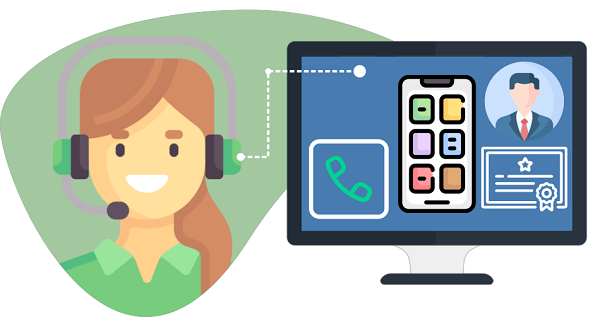
Integrations with Commercial Software from Third PartiesCTI systems must be able to integrate with any extra third-party software you may be utilizing, as well as with other business communication tools, APIs, and other technologies. Screen pops are only possible with the option to integrate with your favourite CRM system. Frequently used integration tools are:
Call Analytics and MonitoringIntegrations of computer technologies offer more than improved functionality, they also offer analytics about your clients and your staff. This analysis is Popular analytics to look at are:
Managers who look at analytics, in addition to that, they can also listen to call recordings and transcripts to assess agent performance and discover more about client satisfaction. Managers may easily listen in on agent phone calls and thanks to features like call whisper, call monitoring, and call barging. While an agent is on the phone with a customer, call whispering enables supervisors to communicate with them. The agent can hear the manager, but the customer won't be able to. In this method, the manager can give the agent crucial pointers or information necessary to make a call successful.
Next TopicFull Form
|
 For Videos Join Our Youtube Channel: Join Now
For Videos Join Our Youtube Channel: Join Now
Feedback
- Send your Feedback to [email protected]
Help Others, Please Share










